 Your new post is loading...
 Your new post is loading...
OECD Science, Technology and Industry Scoreboard
With some 200 indicators drawing on the latest internationally comparable data, the 2017 edition of the OECD Science, Technology and Industry (STI) Scoreboard shows how the digital transformation affects science, innovation, the economy, and the way people work and live. It aims to help governments design more effective science, innovation and industry policies in the fast-changing digital era.
The STI Scoreboard is published every other year, alternately with the OECD Science, Technology and Innovation Outlook.
Published: November 2017
CONTENTS
Knowledge economies and the digital transformation
Knowledge, talent and skills
Learn more / En savoir plus / Mehr erfahren: https://www.scoop.it/t/21st-century-learning-and-teaching/?&tag=OECD
Via Gust MEES
During this time of significant educational change, we are forced to ask ourselves, what is the role of the teacher?
Teachers continue to be central to learning, but the role is changing significantly. Our children still need to develop real skills and real knowledge, but they also need to be self-reliant, resilient, and fully capable of re-inventing themselves. This means students must learn how to self-direct their learning.
So if students are self-directing their learning, what's the role of the teacher?
Teachers build the curriculum/lessons with the individual student based on his/her needs and interests rather than move through a fixed curriculum en masse.
Teachers provide the experiences and tools to access new knowledge in specific areas of interest as facilitators of individual pathways, rather than being a provider of the content or expert in one or every area,Teachers become experts in how people learn, not only in teaching.
Teachers support a community of learners in teams, possibly of multiple ages, rather than alone in classrooms with fixed grades of students.
Teachers have more autonomy over their daily schedule, and can be flexible to adjust their schedules to support student needs.
Teachers provide opportunities for real-world, connected, practical learning rather than isolated academics.
These are the types of changes in the teacher's role that are fundamental to developing students who are capable of independent learning and reinvention in a rapidly changing world.
Learn more / En savoir plus / Mehr erfahren: https://gustmees.wordpress.com/2013/05/25/so-whats-the-change-for-teachers-in-21st-century-education/
Via Gust MEES, Jon Altuna
The Rigor Relevance Framework®
The Rigor/Relevance Framework is a tool developed by the International Center to examine curriculum, instruction, and assessment along the two dimensions of higher standards and student achievement. It can be used in the development of both instruction and assessment. In addition, teachers can use it to monitor their own progress in adding rigor and relevance to their instruction, and to select appropriate instructional strategies for differentiating instruction and facilitating higher achievement goals.
The Knowledge Taxonomy (y-axis) is a continuum based on the six levels of Bloom's Taxonomy, which describes the increasingly complex ways in which we think. The low end involves acquiring knowledge and being able to recall or locate that knowledge. The high end labels the more complex ways in which individuals use knowledge, such as taking several pieces of knowledge and combining them in both logical and creative ways. Learn more / En savoir plus / Mehr erfahren: http://www.scoop.it/t/21st-century-learning-and-teaching/?tag=Rigor
Via Gust MEES
Research demonstrates that a sense of social connection can improve learning. In fact, activities that bring students together — like peer tutoring and cooperative learning — have shown a marked increase of up to 75% greater performance on assessments. Teachers who support student-centered learning in this way often make a bigger impact on students’ lives and education than teachers who remain aloof or apart from their students.
A sense of separation from a teacher (and other students) can happen pretty easily in an online environment. It can take a special effort on the part of online teachers to become a “favorite teacher”. David Wiley noted that the impersonal nature of the web is not only easy to slip into, it is sometimes designed into the way LMSs direct pedagogy:
“With the pile of philosophical, conceptual, and empirical evidence showing the social nature of learning and the importance of human relationships (particularly the relationship between teacher and student) in learning and wellbeing, why are we working so hard to automate away any opportunity for these relationships to exist?”
But the truth is that there are a myriad of ways that teachers and students can create digital connections in online classes. A new paper from the Research and Education Department — “Increased Social Connectedness through Digital Peer Learning” — explores several ways that Canvas supports social learning, including:
Peer Tutoring
Reciprocal Teaching
Cooperative Learning
Via Gust MEES
We can be tactical in our schooling. The traditional advice on learning has been to “study hard,” in a quiet place and with the same routine, yet that doesn’t say much about what to specifically do. But pupils today can change the way they study to exploit the brain’s quirky learning processes, using the strategies revealed by memory and learning research. While that science is still maturing, “it’s at a place now where it can give you a specific tactical plan,” Carey said. . Students can tailor their preparation with techniques targeting different kinds of content or skills, and manage their schedule to optimize their time. “That’s a powerful thing, because we go through our whole lives never knowing that,” he said. . Ultimately, the value of these learning strategies isn’t just about earning better grades, Carey said. In the modern jungle of society, learning is still about surviving: For young people, it’s about sussing out what they’re good at, what rings their bell, and what they want to do with their lives. “It’s informing you of: Who am I? Where do I place my bets? Do I major in physics or do I major in architecture or design, or do I major in English? Do I belong here at all?” Carey said. Those are important decisions. “Being self-aware about what’s effective learning and how it happens, I think, gives you a real edge in making those choices.”
Learn more:
- https://gustmees.wordpress.com/2013/04/25/learn-every-day-a-bit-with-curation/ - https://gustmees.wordpress.com/2015/03/28/learning-to-learn-for-my-professional-development-i-did-it-my-way/
Via Gust MEES
New research from Stanford is helping to build the case that nurturing a “growth mindset” can help many kids understand their true potential.
Teaching students that intelligence can grow and blossom with effort – rather than being a fixed trait they’re just born with – is gaining traction in progressive education circles. And new research from Stanford is helping to build the case that nurturing a “growth mindset” can help many kids understand their true potential.
Via Gust MEES
|
A new study lends credence to what you’ve probably always suspected: social media is having a pretty negative effect on teenagers — Instagram and Snapchat being the worst culprits. The study, published today and called “Status of Mind,” was conducted by researchers for the Royal Society for Public Health in the UK. The researchers surveyed 1,479 British youths ages 14-24, asking them how they felt the different social media networks effected their mental health. They took in several factors such as body image, sleep deprivation, bullying, and self-identity. The results suggest the two worst social media networks for kids are Instagram and Snapchat, as they had terrible scores for body image, bullying, and anxiety. Twitter and Facebook weren’t much better, though. YouTube was the only one that apparently inspired more positive feelings than negative ones. Learn more / En savoir plus / Mehr erfahren: http://www.scoop.it/t/social-media-and-its-influence
Via Gust MEES, Jon Altuna
Grouping students is easy; creating effective student groups is less so.
The following infographic from Mia MacMeekin seeks to provide some ideas to help make group work easier in your classroom. The strength of this particular graphic is in the range of the ideas. The first tip refers teachers to Vygotsky’s Zone of Proximal development, which frames student ability in terms of a range: what they can do unassisted, what they can do with the support of a More Knowledgeable Other (MKO), and what they cannot do even with support. This is different for each student, and understanding these ranges for students can help inform grouping decisions, whether you’re using a peer instruction model, ability grouping, or another approach.
Learn more:
https://gustmees.wordpress.com/2015/07/19/learning-path-for-professional-21st-century-learning-by-ict-practice/
Via John Evans, Gust MEES
How The Activity Learning Theory Works
Vygotsky’s earlier concept of mediation, which encompassed learning alongside others (Zone of Proximal Development) and through interaction with artifacts, was the basis for Engeström’s version of Activity Theory (known as Scandinavian Activity Theory). Engeström’s approach was to explain human thought processes not simply on the basis of the individual, but in the wider context of the individual’s interactions within the social world through artifacts, and specifically in situations where activities were being produced.
In Activity Theory people (actors) use external tools (e.g. hammer, computer, car) and internal tools (e.g. plans, cognitive maps) to achieve their goals. In the social world there are many artifacts, which are seen not only as objects, but also as things that are embedded within culture, with the result that every object has cultural and/or social significance.
Tools (which can limit or enable) can also be brought to bear on the mediation of social interaction, and they influence both the behavior of the actors (those who use the tools) and also the social structure within which the actors exist (the environment, tools, artifacts). For further reading, here is Engeström’s own overview of 3 Generations of Activity Theory development. The first figure shows Second Generation AT as it is usually presented in the literature.
Via Gust MEES, Anne Whaits
I was reading the book The Smartest Kids in the World by Amanda Ripley and couldn't help wondering what our schools would be like today if we were forced to teach without the technology (including co...
For example, we have all experienced the "app" mania and are sick of hearing, "Is there an app for that?"
Here is a new distraction: why don't we encourage students to use valuable time for "learning" through social media?
After all, they already spend hours of their time on Facebook, Twitter, Instagram and myriads of other social media sites.
Via Gust MEES
|




 Your new post is loading...
Your new post is loading...

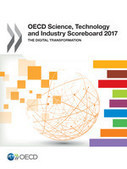

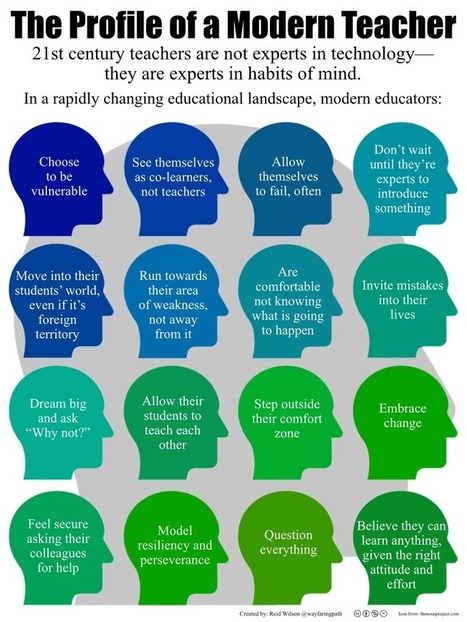

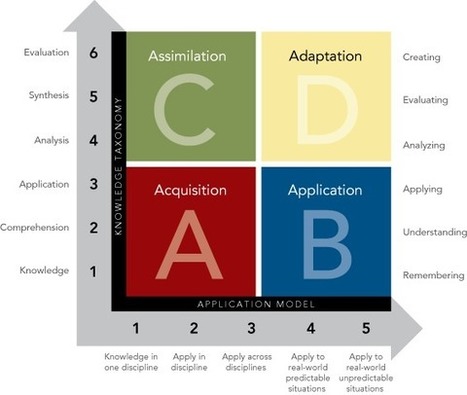

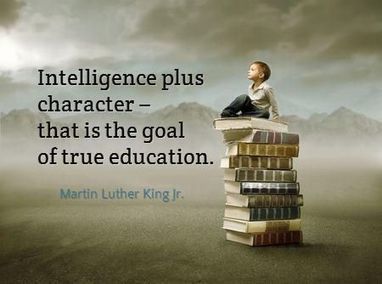



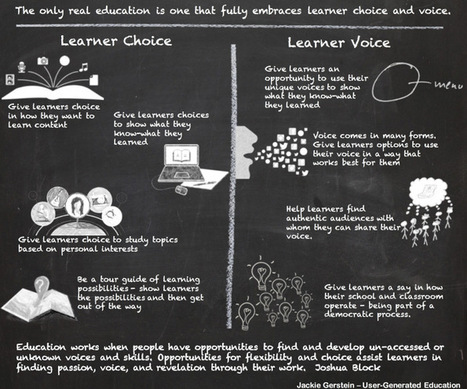


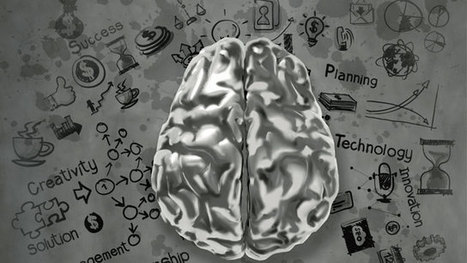







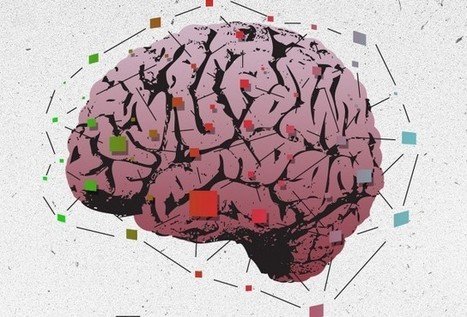





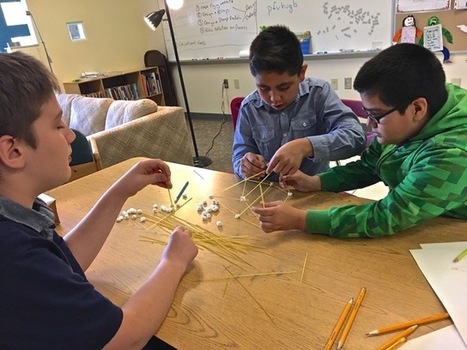

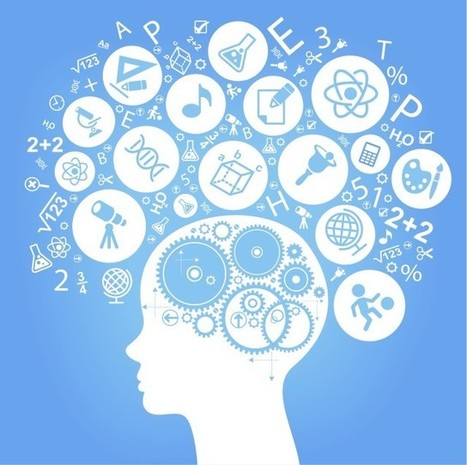


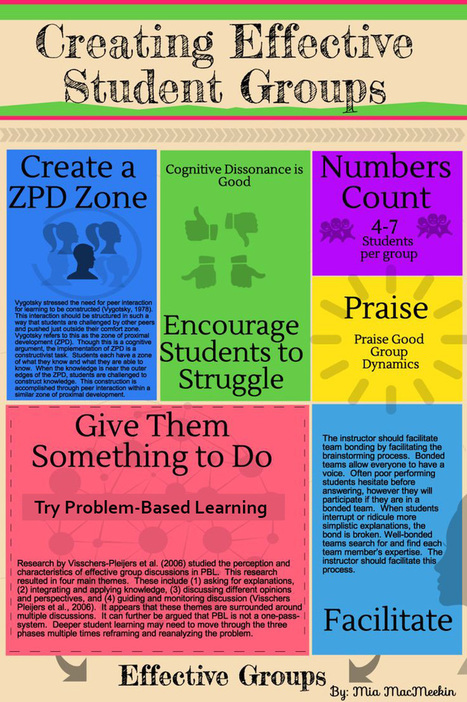



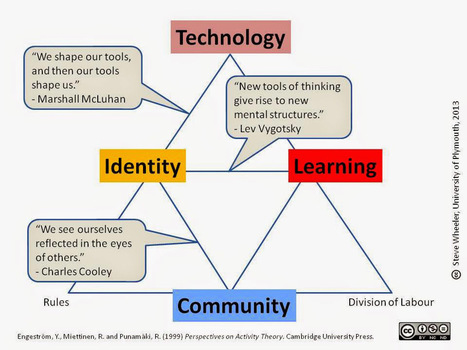


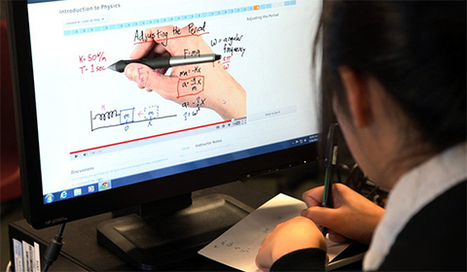










It aims to help governments design more effective science, innovation and industry policies in the fast-changing digital era.
The STI Scoreboard is published every other year, alternately with the OECD Science, Technology and Innovation Outlook.
Published: November 2017
CONTENTS
Knowledge economies and the digital transformation
Knowledge, talent and skills
Learn more / En savoir plus / Mehr erfahren:
https://www.scoop.it/t/21st-century-learning-and-teaching/?&tag=OECD